Katsuobushi, a cornerstone of Japanese cuisine, is dried, fermented, and smoked skipjack tuna, often seen as thin flakes atop steaming dishes. If you have ever watched the beloved anime “My Neighbor Totoro,” you might remember a scene where the characters prepared their meals, and the delicate flakes seemed to come alive on the hot rice, swaying and wriggling. Just like the enchanting worlds Studio Ghibli brings to life, katsuobushi is a testament to the magic embedded in Japanese culinary traditions.
What is Katsuobushi?
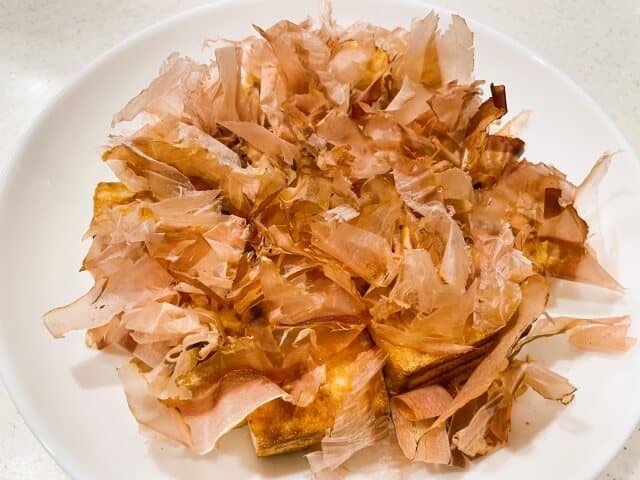
Katsuobushi is a crucial part of Japanese cooking and has a special place in their food tradition. This dried and fermented skipjack tuna, or bonito flakes, is a cornerstone of umami-rich flavors in Japanese dishes. Its creation involves a process of boiling, smoking, and drying the fish, which is then shaved into delicate, paper-thin flakes. These see-through flakes are famous for making dishes more delicious and fragrant. Katsuobushi is important for making the base dashi broth, and it’s used in many recipes to add a mix of flavors that show off Japanese cooking’s balanced tastes.
Katsuobushi History
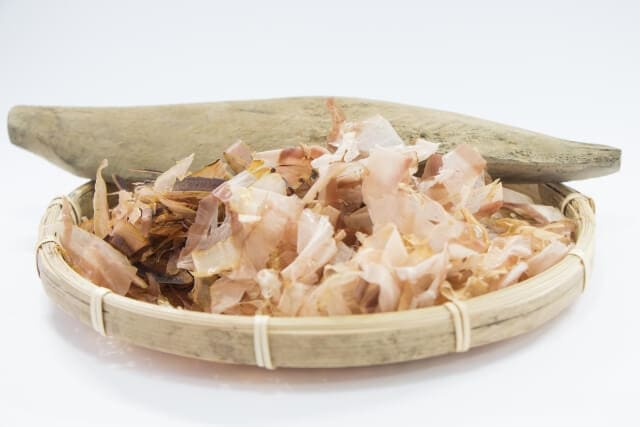
The Katsuobushi is an important Japanese ingredient derived from skipjack tuna, a type of bonito fish. The method to produce katsuobushi involves smoking and drying the fish, which results in fermented, hard, dried flakes. When shaved, these flakes are referred to as “kezurikatsuo” and are fundamental in lending flavor to many Japanese dishes.
The art of making dried fish, resembling katsuobushi, can be traced back to ancient Japan, where preservation techniques were vital for sustenance. This technique believed China influenced this, began to evolve notably during the Nara and Heian periods, from the 8th to 12th century. By the Edo period, spanning the 17th to 19th centuries, katsuobushi anchored itself in Japanese gastronomy, particularly in creating flavorful broths like dashi. The 19th century saw Yoshida Eiemon revolutionize katsuobushi production, setting the groundwork for its industrial-scale manufacture. Today, katsuobushi remains indispensable in modern Japanese cooking, essential in dishes ranging from soups and sauces to toppings for delicacies like okonomiyaki and takoyaki. The age-old craft of shaving katsuobushi is, in itself, a revered culinary tradition.
Health information of Katsuobushi
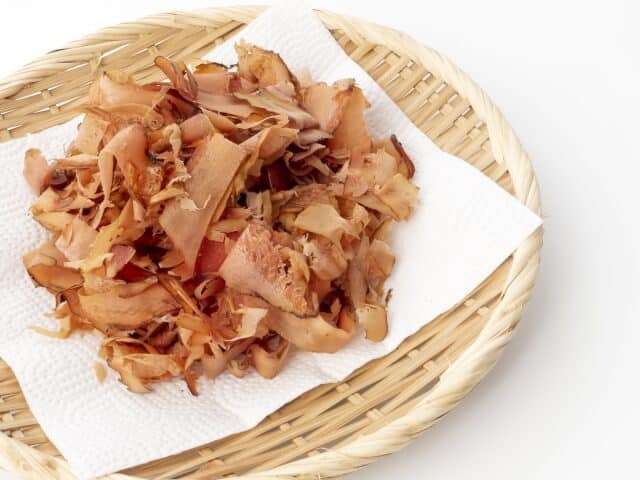
Full of good stuff, it’s a strong protein source with important minerals like potassium, magnesium, and phosphorus, as well as B vitamins, especially niacin. The natural savory taste from the amino acid glutamate makes food taste better but might also help you feel full. Even though it’s low in calories, be careful if you’re allergic to fish, as it could cause problems. There might also be a lot of salt and a bit of mercury, but usually less in skipjack than bigger fish. Also, it has omega-3 fatty acids, DHA, and EPA, which are good for your heart and brain. But, like any food, it’s best not to overdo it.
How to choose katsuobushi in Japan?
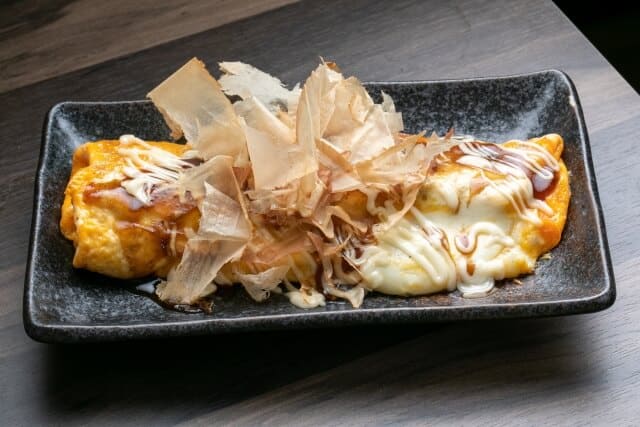
When choosing katsuobushi in Japan, look for a deep reddish-brown hue, a marker of its quality, steering clear of any with a pale or uneven color. The aroma should be pleasantly smoky, indicating freshness, so avoid any that emit a stale or off-putting scent. Its texture should be hard and dense to the touch rather than soft or crumbly. Consider its thickness also: while thin flakes, known as kezuribushi, are ideal for garnishing dishes, the thicker pieces are perfect for crafting rich dashi broths. Your choice should align with its intended culinary use.
What are the types of Katsuobushi in Japan?
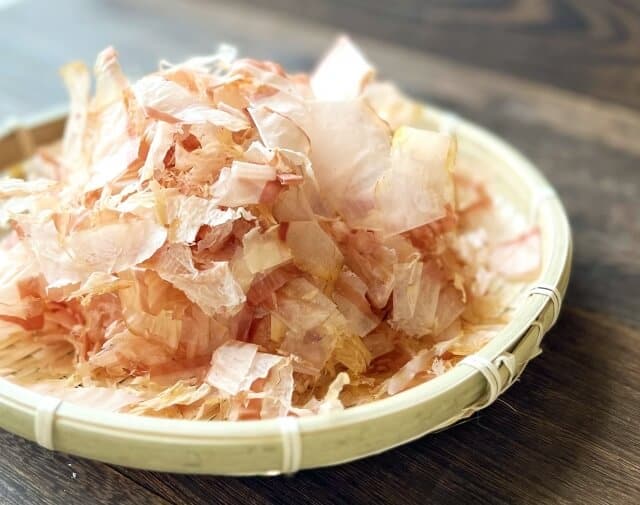
Arabushi (or Namaribushi)
After the surface mold is scraped off from the shimofuri, it becomes arabushi. It has undergone partial fermentation and is the most common type available. It is milder than the more thoroughly fermented varieties.
Karebushi
This results from taking arabushi and allowing it to undergo additional mold cultivation and sun-drying rounds. The process intensifies the flavor and reduces the moisture content, giving it a deeper hue and a more pronounced umami flavor than arabushi.
Honkarebushi
This is the pinnacle of katsuobushi, having gone through the fermentation and drying process multiple times, sometimes for months. It is the hardest, most aromatic, and flavorful type of katsuobushi.
Katsuobushi FAQ
- What dishes can you make with katsuobushi?
Katsuobushi, renowned for its rich umami essence, remarkably elevates a diverse array of Japanese dishes. It finds its place in foundational dashi, forming the base for soups and sauces while also gracing the likes of takoyaki, where it crowns savory octopus-filled spheres with the company of seaweed and mayo. This versatile ingredient further shines on okonomiyaki, adorning these savory pancakes alongside mayonnaise and okonomiyaki sauce, and in sukiyaki, where it enriches the sweet soy-based broth embracing thin beef slices, tofu, and vegetables. Moreover, katsuo bushi lends its essence to unadon, enhancing the grilled eel and rice.
How to make Katsuobushi?
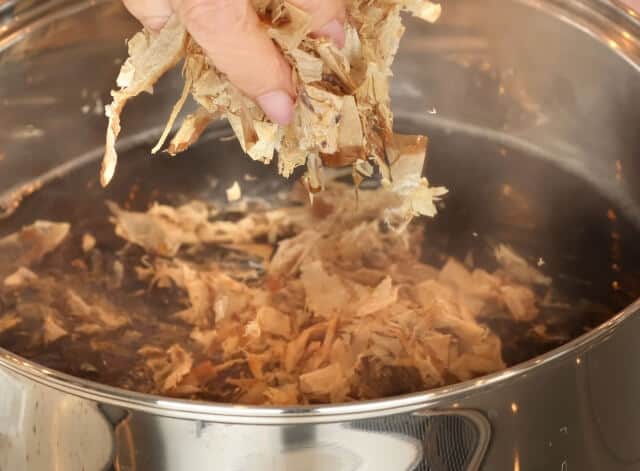
The simple way to make it is to cut the bonito, boil it, and smoke it.
Bonito is deboned and placed on a steamer, then smoked. This is called roasting. While removing moisture with heat, smoke is applied and smoked. There are mainly three types of roasting methods. Tebiyamashiki, Kyuzokko, and Yaizu. All the methods are smoked by applying heat and smoke to the bonito.
After this, the type of katsuobushi changes depending on whether the katsuobushi mold is added.
Add mold to the surface shavings of katsuobushi. By adding mold, the mold absorbs the moisture of the dried bonito, and by further breaking down the fat, the unpleasant taste disappears, giving it an elegant taste.
Katsuobushi is bonito that has been heated and then smoked. The definition of the Ministry of Agriculture, Forestry and Fisheries is that the head and internal organs of bonito are removed, the protein is solidified by boiling, then cooled, and the moisture content is 26% or less.
Katsuobushi, which we usually see, takes about 1 month for arabushi, and about 3 to 5 months for honkarebushi, from raw bonito to katsuobushi. It takes a lot of time and effort to make katsuobushi.
Where to buy Katsuobushi?
Ueda Katsuobushi (植田鰹節店を)
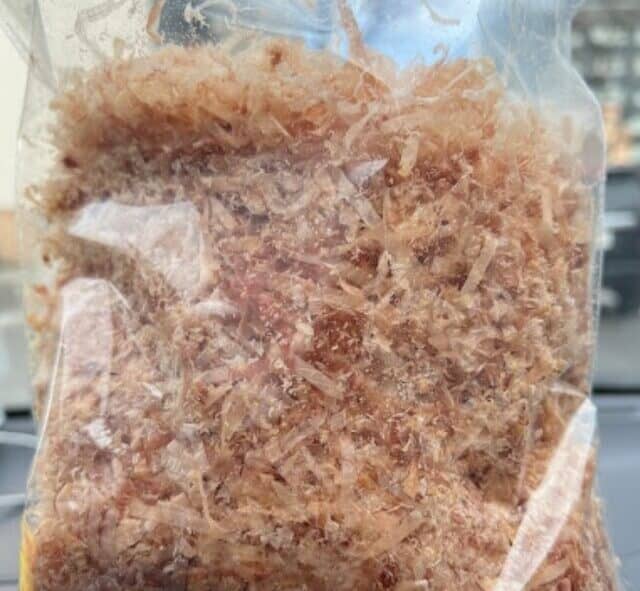
Since their founding in May 1915, they have preserved the traditional taste for over 100 years. They also deliver freshly shaved, delicious bonito flakes to their customers. Their dedication to preserving the essence of this ancient culinary heritage is evident in the range they present, making it a haven for those seeking genuine flavors.
Katsuo Shokudou (かつお食堂)
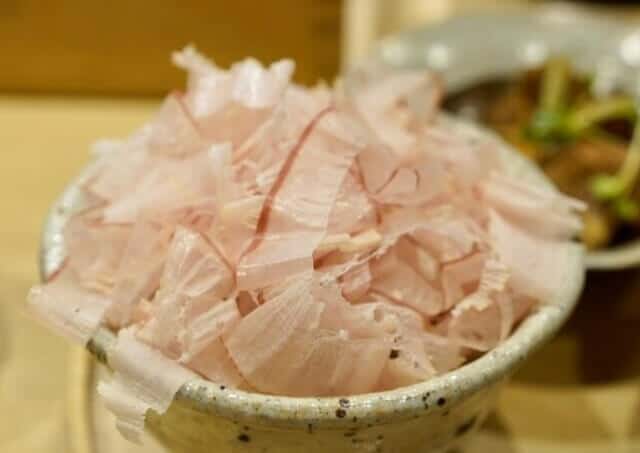
Exploring their menu, you will notice their strong focus on katsuobushi, offering a variety of dishes that highlight its rich flavor. They serve savory bowls with shaved katsuobushi, adding a subtle smoky taste to each bite. Their dashi creations also pay homage to tradition, reflecting the deep flavors that define Japanese cuisine. Katsuoshokudou is a place where katsuobushi plays a prominent role, showing their dedication to this ingredient. They strive to create dishes that capture the essence of katsuobushi, making it a spot to experience the flavors of Japanese cuisine with this unique ingredient at the forefront.
Katsuobushi Don Specialty Store Setsudo (鰹節丼専門店 節道 BUSHIDO 東京淡路町店)
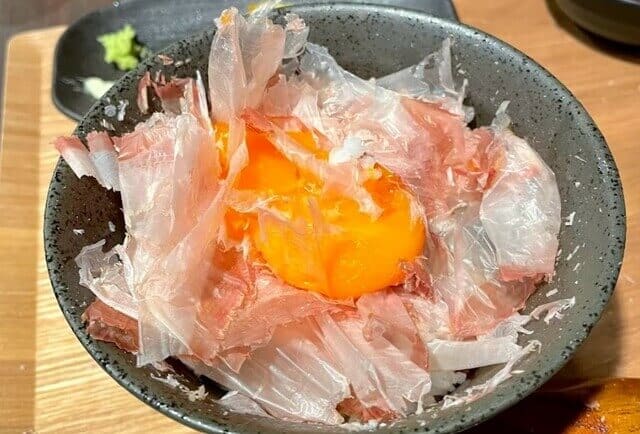
Katsuobushi Don Specialty Store Setsudo is dedicated to crafting a range of dishes that showcase the heart of katsuobushi. From their signature katsuobushi don, where tender flakes of the ingredient grace a bed of rice, to their dashi-infused creations that pay homage to tradition, Setsudo is a haven for katsuobushi enthusiasts. With a focus on delivering authentic flavors and genuine experiences, it’s clear that this specialty store embraces the profound depth and uniqueness of katsuobushi.
For Online Shopping
For those who want to order or buy Katsuobushi in Japan, you can mail it to your home online on Rakuten. You can check out some shops that sell Katsuobushi via Rakuten by clicking below.
And for those who want to order or buy but live away from Japan. You can ship them from Rakuten by following the steps below. Rakuten offers International Shipping Service, so do not worry about how to receive your items. Rakuten Global Express is an online shopping service that allows users to shop at stores in Japan.
Sign up
First, you need a Rakuten ID. If you are already a Rakuten member, you can start using Rakuten Global Express. If you have not registered yet, click here.
Get your personal RGX address
After signing up, you will get a Japanese address: a Rakuten Global Express address.
Shop at stores in Japan
Now that you get yourself a personal RGX address (Rakuten Global Express address). You can shop online in Japan, click here to shop for Katsuobushi (not only Rakuten but other online stores are also included).
When you have decided on your items, set the delivery address to your Rakuten Global Express address.
Confirm items
After items are shipped to the RGX address, they will be packed into one package. You also receive an email upon confirming these items and payment.
Once the payment is confirmed, your package will be delivered within a designated period depending on your shipping choice.
Final Thoughts
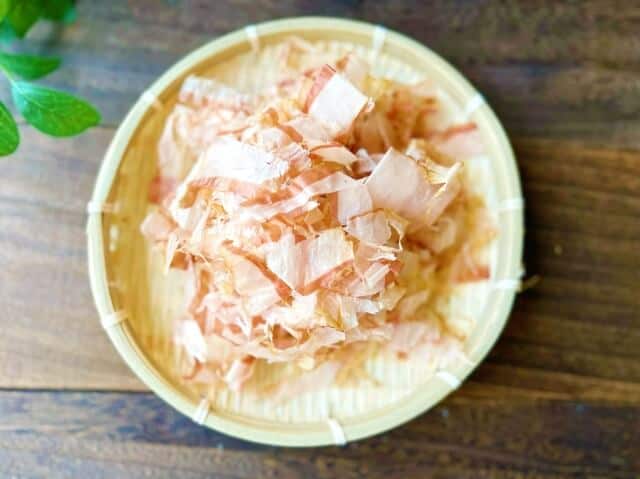
When learning about katsuobushi, we hope you’ve come to see how important it is in Japanese cooking. From its history to how it’s made and its health benefits, we’ve tried to show what makes this ingredient special. It’s more than just dried fish flakes. It shows the careful way the Japanese make and value their food. Katsuobushi reminds us that even simple dishes can have deep flavors and stories behind them, showing the rich food culture of Japan.
You can check some Japanese condiments that we know you would like to try too.
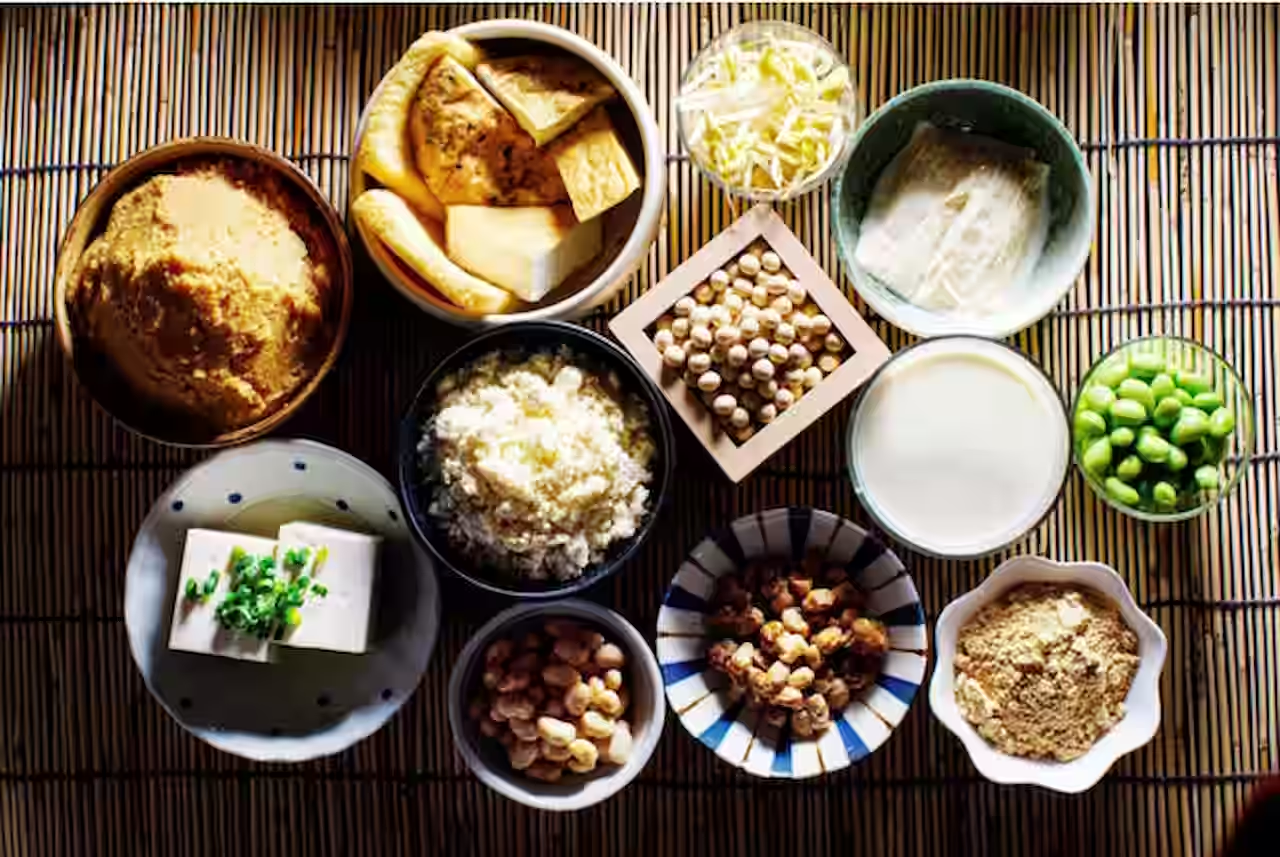





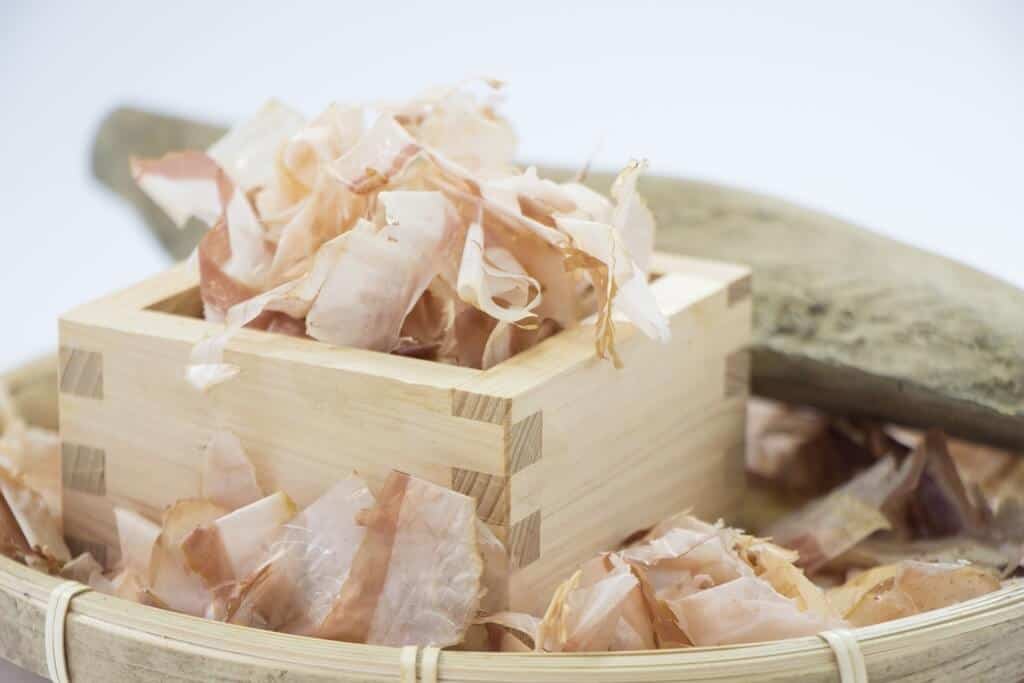
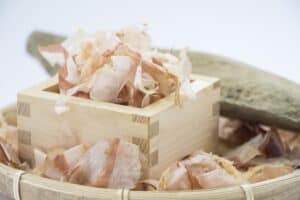

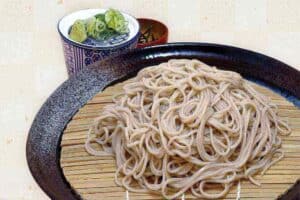
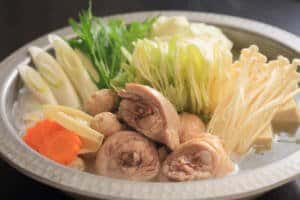
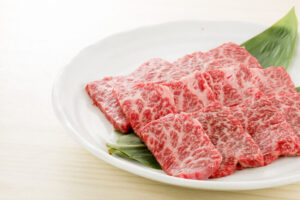
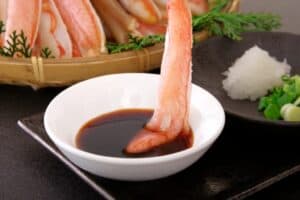
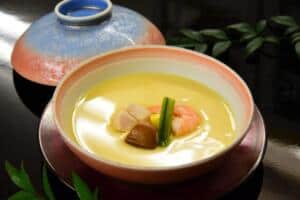
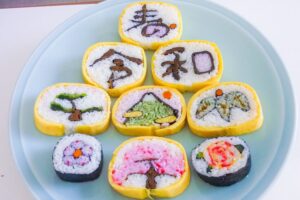
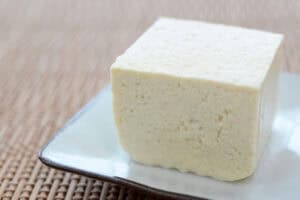
Comments